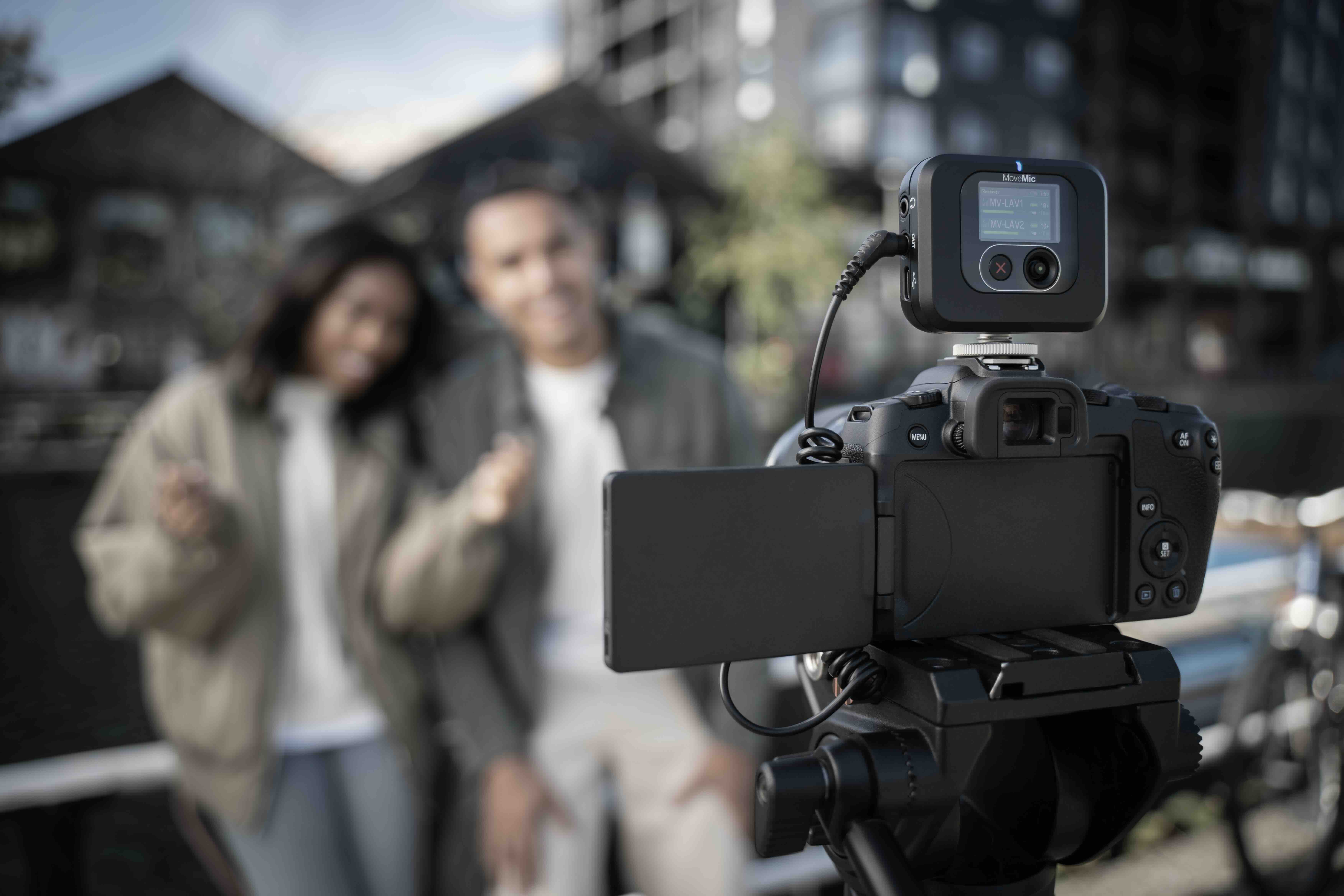Consumer lapel mics are one of the more interesting consumer electronics trends of recent years. Prior to this, lavalier microphones and their ilk were largely the domain of professional film crews. While some plug-in solutions have emerged for smartphones over the years, it wasn’t until recently that one could purchase an affordable set to capture a two-way conversation with good fidelity.
The category has seen success and has accordingly gone from one or two competitors to around a dozen. Few are, however, as trusted an audio brand as Shure. In fact, much of the competition is made up of companies like Anker and DJI, which aren’t traditionally known for their microphones. Shure, on the other hand, makes some of the most beloved microphones across multiple industries.
The nearly 100-year-old Chicago-based audio manufacturer becomes the latest to enter the fray with the MoveMic. It’s not the first high-end microphone manufacturer to get into the space, as Rode is a direct competitor in a number of different categories. That said, the latter has been greeted with mixed reviews.

Image Credits: Shure
I plan to spend some time with MoveMic on the ground next week at Modex in Atlanta. Conventions like that are a good testing ground for this sort of thing, given that they’re both noisy and have a ton of potential wireless interference. I’ll report back on that performance, but I will say that I’ve been looking for a good solution both for work interviews and to record in-person podcasts, like I did in the pre-COVID era. My bar for the latter is high. While you’re not going to match the fidelity of a good desktop mic, it needs to be good enough so it’s not a chore to listen to an hourlong audio-only conversation.
The category has been hit or miss lately, so I’m excited to see what Shure has on offer here. The system starts at $249 for a single clip-on microphone. A pair will run you $249 or $499 with the receiver. Alternately, the receiver can be purchased separately for $499. Unfortunately, the receiver does not slot into the charging case, as with some of the competition.

Image Credits: Shure
The mics pair to a phone without needing the receiver. You’re going to want that, however, if you plan to connect to a camera, computer or even non-Shure apps. Currently it can only handle two mics at a time, which is currently the standard for these. The company that adds in a third mic could win me over forever. Also, one key thing the DJI unit has that these don’t is the ability to plug a wired lav mic directly into the clip-on, making it more camera-ready.
